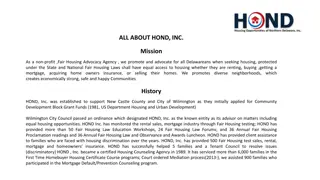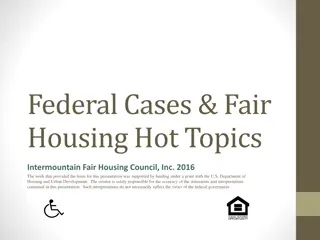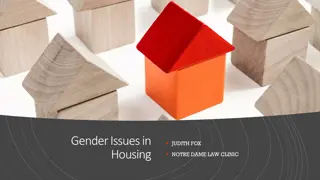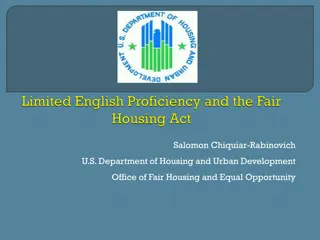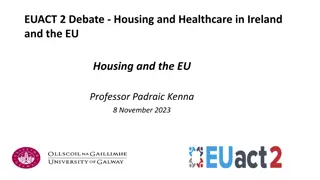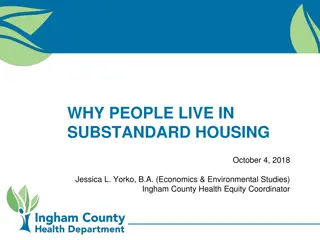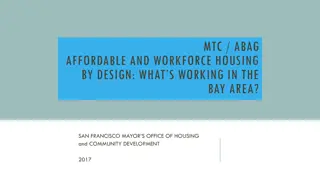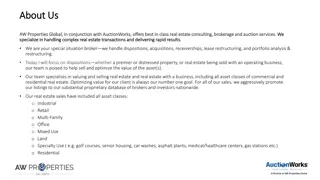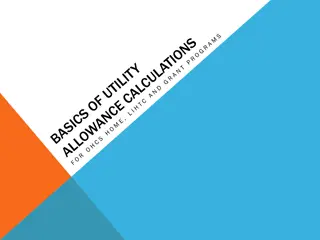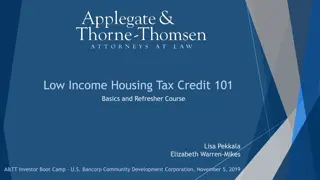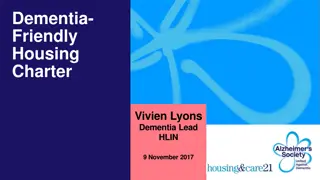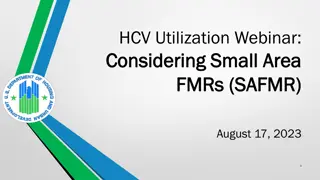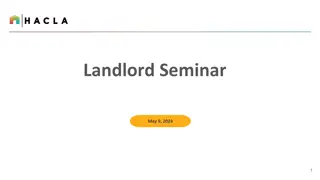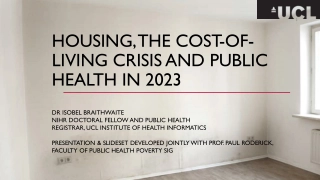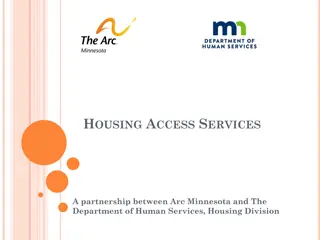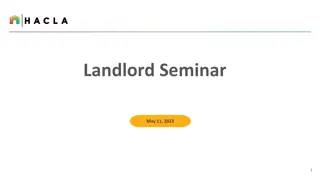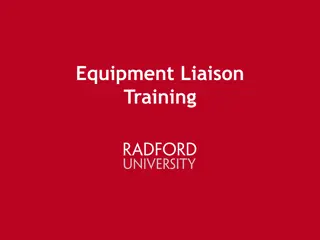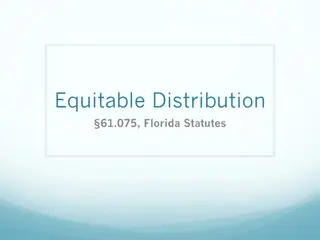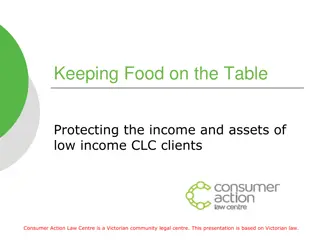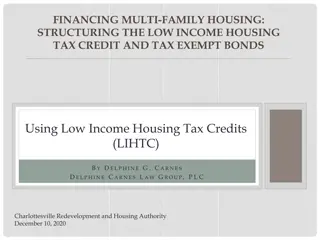Understanding Disposition of Assets for Less Than Fair Market Value in Affordable Housing
In affordable housing, applicants are required to disclose if any family member disposed of assets for less than fair market value within two years of certification or recertification. This requirement, mandated by HUD, aims to prevent asset divestment for housing eligibility. Involuntary dispositions like foreclosure, bankruptcy, or divorce are exempt, but proper documentation is crucial. Verification through supporting documentation is essential to ensure compliance with eligibility rules under HUD guidelines.
Download Presentation

Please find below an Image/Link to download the presentation.
The content on the website is provided AS IS for your information and personal use only. It may not be sold, licensed, or shared on other websites without obtaining consent from the author. Download presentation by click this link. If you encounter any issues during the download, it is possible that the publisher has removed the file from their server.
E N D
Presentation Transcript
Disposed of Assets For Disposed of Assets For Less Than Fair Market Value (FMV) Less Than Fair Market Value (FMV)
When do we ask about disposed of assets? During the application process At each certification/recertification
What is required? Applicants or existing tenants are required to give a written certification as to whether any family member did or did not dispose of any assets for less than the FMV during the two years preceding the effective date of the certification or recertification.
Why is this required? This is required by HUD in Handbook 4350.3 Rev-1 Section 4-24 B.8, to ensure that applicants are not divesting themselves of assets in order to qualify for affordable housing.
How long? In HUD Handbook 4350.3 Rev-1 Section 5-7 G.8., any asset that is disposed of for less than its FMV within the two years preceding certification or recertification should be counted as an asset for two years from the date of disposition for the purposes of determining household eligibility. The rule applies to items such as cash gifts, irrevocable trusts, and property given away or sold for less than its net cash value.
Involuntary Dispositions (Foreclosure, Bankruptcy, Divorce) HUD Handbook 4350.3 Rev-1 Section 5-7 G.8.d. specifically states that assets disposed of for less than FMV as the result of a foreclosure, bankruptcy, or divorce or separation agreement are not counted as assets because these are involuntary dispositions. However, owners and managers should clearly document inquiries with the tenant as to why the disposition was involuntary and collect supporting documents where necessary, such as divorce agreements and foreclosure documents, to support the involuntary nature of the disposition.
Supporting Documentation Nevada s LIHTC Compliance Manual requires owners and managers to obtain a sales contract, settlement statement, recorded quit claim, foreclosure documentation, divorce decree settlement, or other documentation providing proof of the manner of disposal of the asset and any proceeds received.




